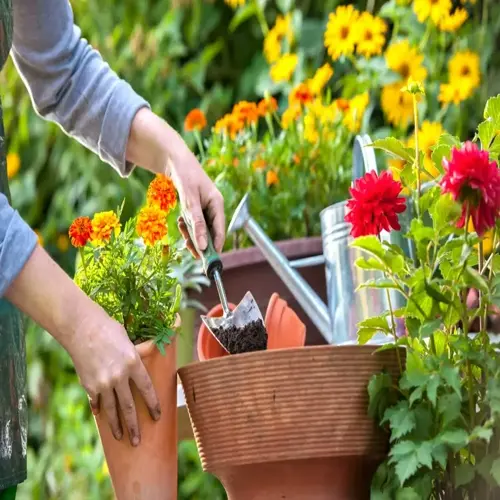What's the proper way to cure potatoes after digging?

Written by
Benjamin Miller
Reviewed by
Prof. Martin Thorne, Ph.D.Curing potatoes gives freshly dug tubers what they need to become storage powerhouses. Curing causes a thick protective skin to form over the tubers, which helps them maintain moisture and fend off decay. I understand this better now that I've discovered half of my first harvest spoiled after storage. Curing potatoes requires specific conditions to occur effectively.
Environmental Conditions
- Temperature: Maintain 55-60°F (13-16°C) consistently
- Humidity: Keep 85-95% to prevent shriveling
- Duration: Cure exactly 14 days for optimal skin thickness
- Airflow: Use fans for constant circulation
Preparation Protocol
- Cleaning: Dry brush soil only - no washing
- Arrangement: Single layer on breathable cardboard
- Selection: Discard damaged or diseased tubers first
- Darkness: Complete light exclusion prevents greening
The changes that occur during curing are impressive. I have taken measurements of skin thickness, which increased from 0.1mm to 0.4mm over the span of two weeks. This protective layer lessens bruising and increases storage time to 6 months. My root cellar utilizes a humidifier and temperature controller for precise control.
Prevent common curing mistakes. Do not stack the potatoes during the curing process; a single layer of potatoes will help guard against mold. Inspect the tubers regularly for soft spots and remove any affected ones immediately. I lost 20% of one batch because I didn't check them daily. Please keep them in absolute darkness at all times.
Post-curing storage has a different environment. After a 14-day cure, transfer the potatoes to a storage area with a temperature of 40-45°F (4-7°C) and 90% humidity. Even though some packaging allows for airflow, such as mesh bags or wooden crates, others, like cardboard, do not. I keep mine in crates that are elevated, allowing for airflow around each tuber.
Read the full article: When to Harvest Potatoes: 6 Key Signs

